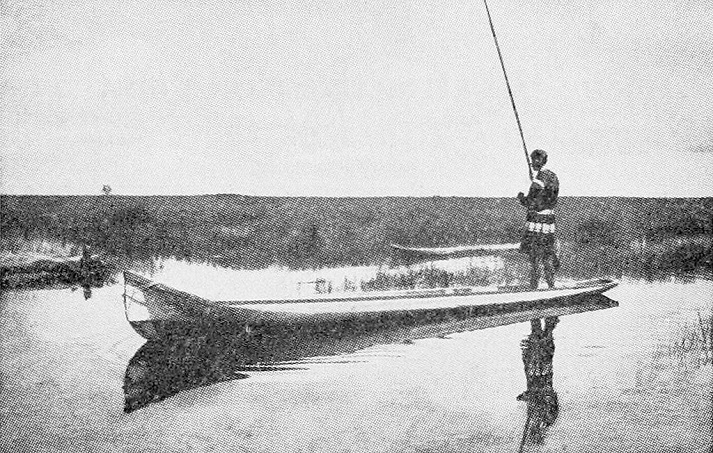Contributor: Ashley Nail Murphy. Lesson ID: 14232
Explore the exciting geography, history, and culture of Florida! From sunny beaches to historic landmarks, discover what makes the Sunshine State so special.

The great state of Florida, of course!
With over 22 million people calling it home, Florida offers more than sunshine, hurricanes, sharks, and alligators. Get ready to explore what makes Florida such a special place!
Florida is a state that stands out with its warm weather, beautiful beaches, and rich history. From its tropical climate to its famous landmarks, Florida is unique in America's story.
Dive into Florida's geography, history, major landmarks, and cultural significance.
Geography
Florida is a fascinating state with a variety of landscapes.
It's a peninsula, meaning water surrounds it on three sides. To the west is the Gulf of Mexico, to the east is the Atlantic Ocean, and to the south lies the Strait of Florida.
With over 1,300 miles of coastline, it's home to countless beaches!
Click on the purple icons below to explore some of them.
Florida is mostly flat and has little elevation change. It's known for its vast wetlands, including the famous Everglades—a swampy area rich with wildlife like alligators, turtles, and wading birds.
The water in these springs stays at a constant temperature throughout the year!
Florida is also home to over 4,000 islands, including the Florida Keys, which can be visited by driving the Overseas Highway.
History
Florida's history stretches back thousands of years.
Native American tribes like the Timucua, Apalachee, Calusa, and Seminole once thrived here. They hunted, fished, and built villages, with some of their traditions still celebrated today.

In 1513, Spanish explorer Juan Ponce de León arrived, naming the land "La Florida," meaning Land of Flowers, because he landed in the spring when flowers were in bloom.
Some stories suggest he was searching for the Fountain of Youth, a magical spring that could make people young forever.
Florida was ruled by Spain, Great Britain, and Spain again before becoming part of the United States in 1821. It officially became the 27th state in 1845.

Major Landmarks
Florida is filled with iconic landmarks.
Everglades National Park is a giant swamp and home to unique creatures like alligators and manatees. It is one of the world's most famous wetlands.

Key West is the southernmost point in the continental U.S.A. It offers tropical paradise vibes.

Walt Disney World is the most magical place on Earth, full of rides, castles, and fireworks.

Kennedy Space Center is the launch site for space rockets, where visitors can learn about astronauts and spacecraft.

St. Augustine is the oldest city in the United States. It is full of history and the Castillo de San Marcos.

Miami's South Beach is known for its soft sand, turquoise water, and colorful buildings.

Florida is packed with fun places to visit.
Cultural Significance
Florida is a cultural melting pot with influences from around the world.
Many Floridians trace their roots to Spain, Cuba, Haiti, and the Bahamas. Native American tribes like the Seminole have lived in Florida for centuries.
Florida is famous for its unique food, music, and festivals.

It's a delicious dessert made from limes grown in the Florida Keys. Florida is also known for oranges, Cuban sandwiches, and seafood like shrimp and grouper.
In South Florida, you might hear Latin music like salsa and reggae. Country music is also popular, especially in northern Florida.
Florida celebrates in big ways! Miami hosts Carnaval Miami, where people dance in the streets, while Tampa celebrates the Gasparilla Pirate Festival with pirate-themed parades.

Jump to the Got It? section to practice what you learned!